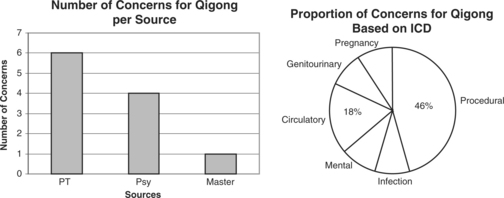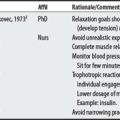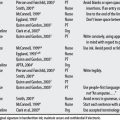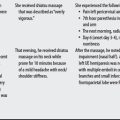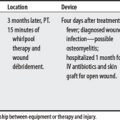Chapter 57 Qigong
OVERVIEW.
Qigong is a Chinese form of physical training and method of harnessing energy for mental and physical well-being. The approach involves slow, controlled movements, static postures, postural awareness, relaxation, visualization, and breath and mental control.1 Energy that normally flows through energy channels (meridians) is thought to be blocked and result in physical and emotional problems. By harmonizing the mind, the nervous system (autonomic) is believed to function more efficiently.1
CONTRAINDICATIONS AND PRECAUTIONS
A00-B99 CERTAIN INFECTIONS AND PARASITIC DISEASES
F00-F99 MENTAL AND BEHAVIORAL DISORDERS
I00-I99 DISEASES OF THE CIRCULATORY SYSTEM
N00-N99 DISEASES OF THE GENITOURINARY SYSTEM
1 Mokone S. Qigong and Taichi in physical therapy. In: Charman RA, editor. Complementary therapies for physical therapists. Oxford: Butterworth-Heinemann, 2000.
2 Lee C-T, Lei T. Qigong. In: Jona WB, Levin JS, editors. Essentials of complementary and alternative medicine. Philadelphia: Lippincott Williams & Wilkins, 1999.
3 Cohen K. The way of qigong: the art and science of Chinese energy healing. London: Bantam, 1996.

